Before it was worth $7.6 billion, the original idea for Robinhood was a stock-trading social network. At my kitchen table in San Francisco in 2013, the founders envisioned an app for sharing hot tips to a feed complete with a leaderboard of whose predictions were most accurate. Once they had SEC approval, they pivoted toward the real money maker: letting people buy and sell stocks in the app, and pay to borrow cash to do so.
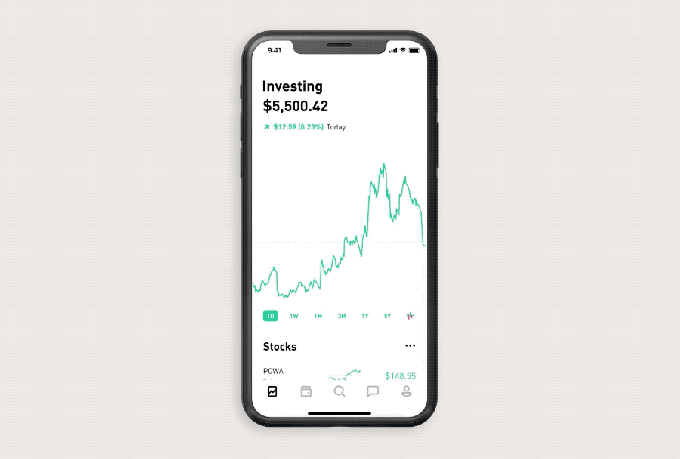
Now, seven years later, Robinhood is subtly taking the first steps back to its start. Today it’s launching Profiles. For now, they let users see analytics about their portfolio, like how concentrated they are in stocks versus options versus cryptocurrency, as well as across different business sectors. Complete with usernames and a photo, Profiles let you follow self-made or Robinhood-provided lists of stocks and other assets.
Profiles could give Robinhood’s customers the confidence to trade more, and create a sense of lock-in that stops them from straying to other brokerages that have dropped their per-trade fees to zero to match the startup, like Charles Schwab, Ameritrade and E-Trade, which was acquired for $13 billion today by Morgan Stanley, as reported by The Wall Street Journal.
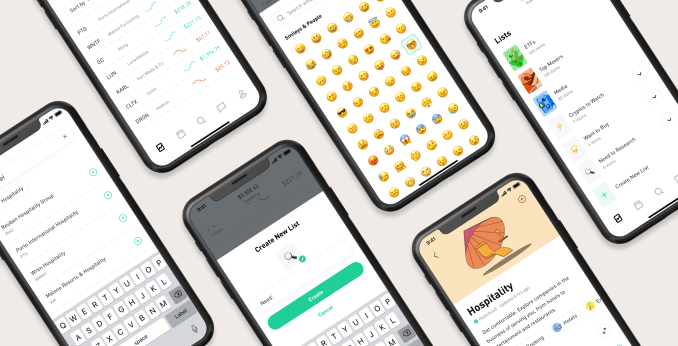
The Profile features certainly sound helpful. They could reveal that your portfolio is too centered around tech, media and telecom stocks, or that you’re ignoring cryptocurrency or corporations from your home state. Lists also makes it easier to track specific business verticals, save stocks to buy when you have the cash or set aside some for deeper research. Robinhood pulls info from FactSet, Morningstar and other trusted sources to figure out which stocks and ETFs go into sector lists, or you can make and name your own. Profiles and lists begin to roll out to all users next week.
But what’s most interesting is how profiles lay the foundation for Robinhood as a social network. It’s easy to imagine letting users follow other accounts or lists they create. The original Robinhood app let users make predictions like “17% increase in Facebook share price over the next 11 weeks,” with comments to explain why. It showed users’ prediction accuracy, their average holding time for assets, a point score for smart foresight and community BUY or SELL ratings on stocks.
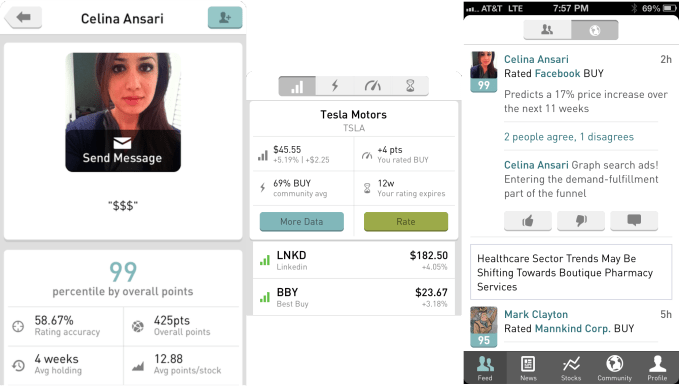
If Robinhood rebuilt some of these features, it might lessen the need for an expensive financial advisor or having enough cash to qualify for one with a different brokerage. Robinhood could let you crowdsource advice. “We understand the connotation of taking something from the rich and giving it to the poor. Robinhood is liberating information that’s locked up with professionals and giving it to the people,” Robinhood co-founder and co-CEO Vlad Tenev told me back in 2013.
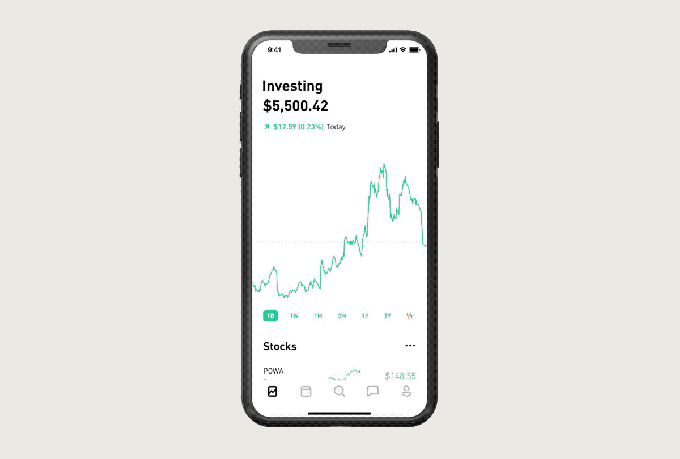
Robinhood would certainly need to be careful about scammy tips going viral. Improper safeguards could lead to pump and dump schemes where those late to buy in get screwed when prices snap back to reality.
But embracing social could leverage some of its strongest assets: the youthfulness of its user base and the depth of connection to its users. The median age of a Robinhood customer is 30, and half say they’re first-time investors. Being able to turn to friends or experts within the app might convince them to pull the trigger on trades.
Most online brokerages are somewhat undifferentiated beyond differences in pricing, while their clunky, unstylized products don’t generate the same brand affinity as people have for Robinhood. Unsatisfied users could bail for a competitor at any time. Robinhood’s users are accustomed to social networking and the way it locks in users, because they don’t want to abandon their community.
When I asked Robinhood Profiles’ product manager Shanthi Shanmugam directly about whether this was the start of more social trading features, they suspiciously dodged the question, telling me, “When thinking about how to reflect who you are as an investor, we looked at how other apps represent you and it felt natural to leverage a design that felt more like a profile. When helping people group their investment ideas, it was easy to envision this as a playlist you might find on your favorite music app.”
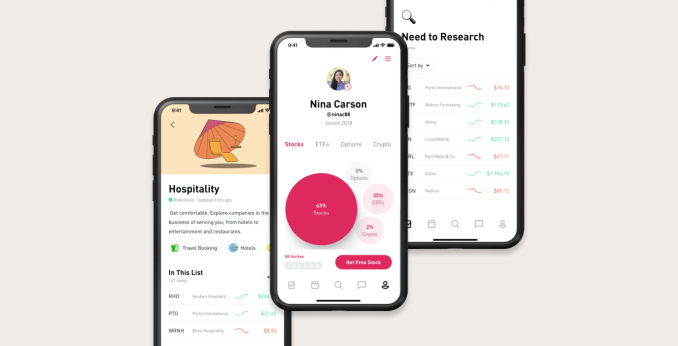
That’s far from a denial. Offering social validation for trading could help Robinhood earn more from its customers despite their small total account balances. While Robinhood might have more than 10 million accounts versus E-Trade’s 5.2 million and Morgan Stanley’s 3 million, E-Trade’s average account size is $69,230 and Morgan Stanley’s is $900,000, while a survey found most of Robinhood’s held $1,000 to $5,000.
That all means that Robinhood earns less on interest sitting in users’ accounts than the old incumbents. But Robinhood earns the majority of its money on selling order flow and through its subscription Robinhood Gold feature that lets users pay monthly so they can borrow cash to trade with. Profiles and lists, and then eventually more social features, could get Robinhood’s users trading more so there’s more order flow to sell and more reason for them to buy subscriptions.
“Democratizing access is about lowering fees, minimums and other barriers people face — like confidence. Profiles and lists make finance easier to understand and more familiar for people,” says Shanmugam. More social features built safely, more reassurance, more trading, more revenue. Robinhood has raised $910 million. But to outgun larger competitors like the newly assembled Morgan Stanley/E-Trade that’s matched its zero-fee pricing, Robinhood will have to win with product.
